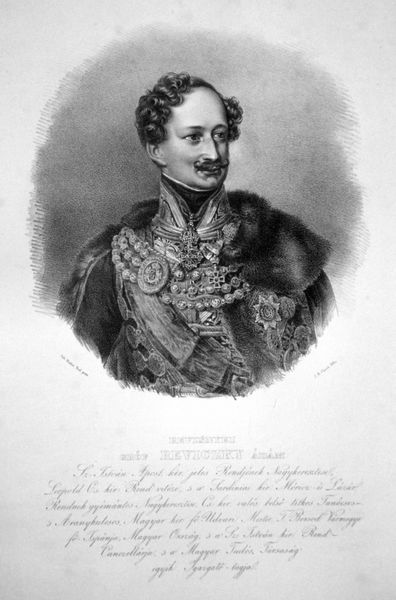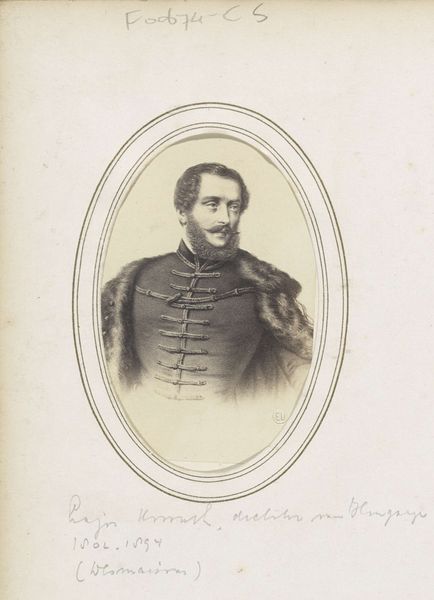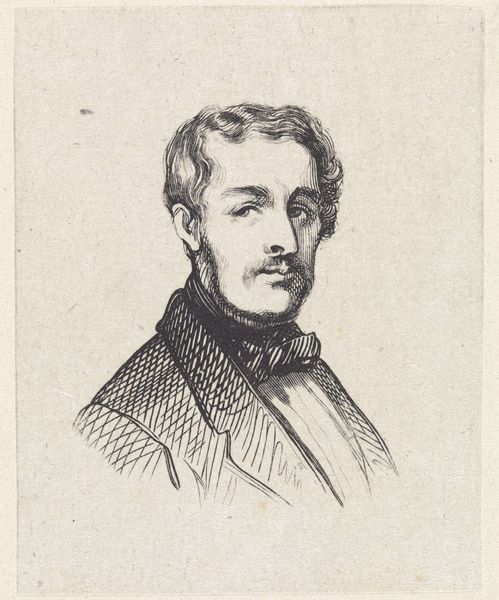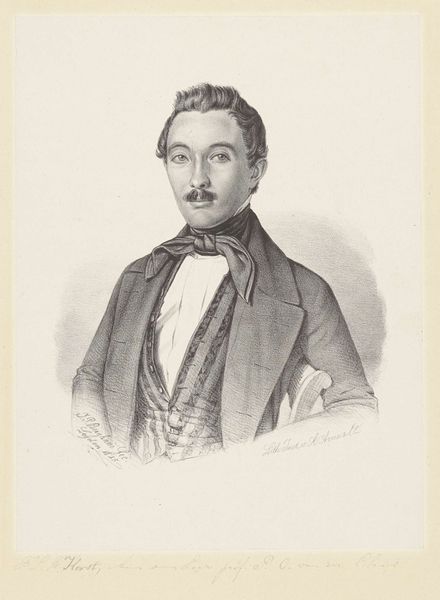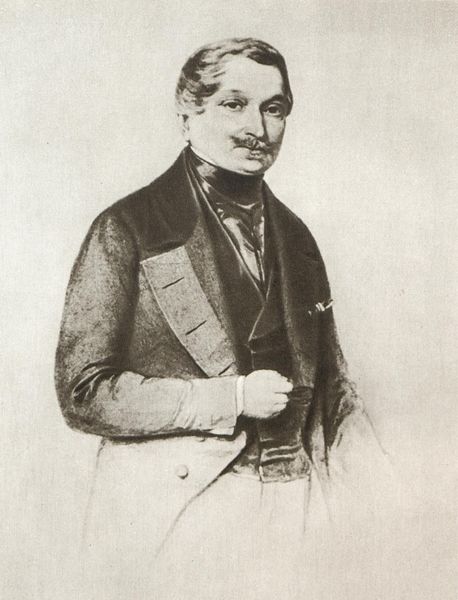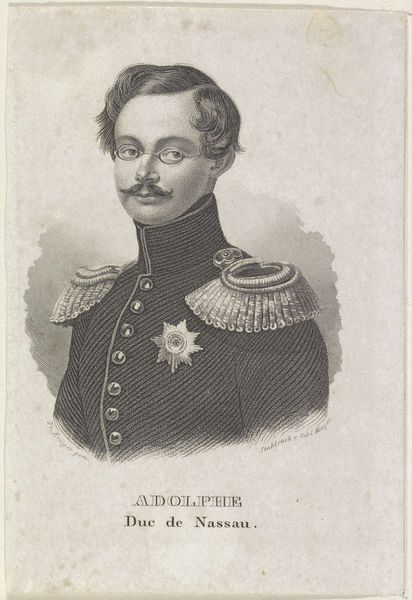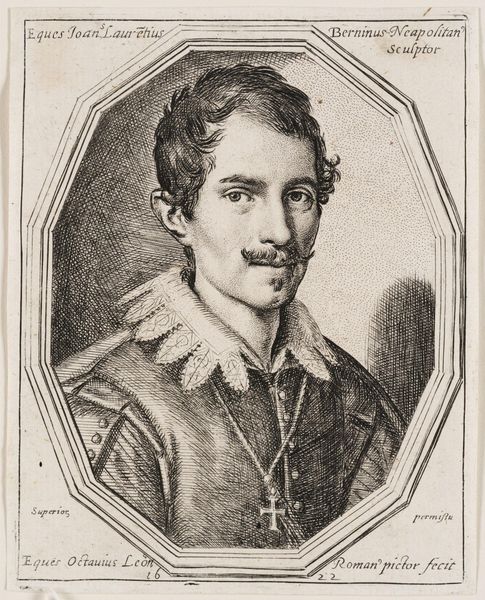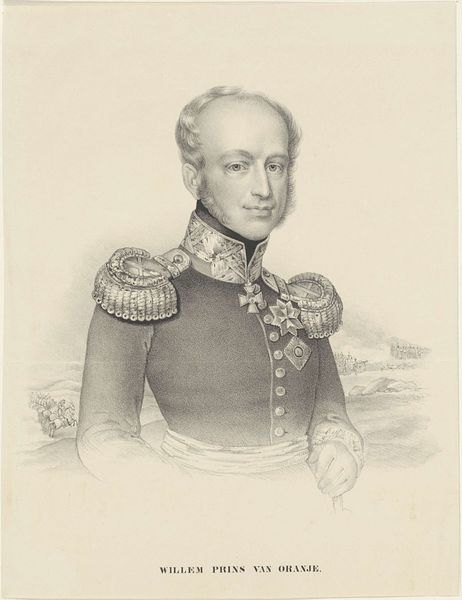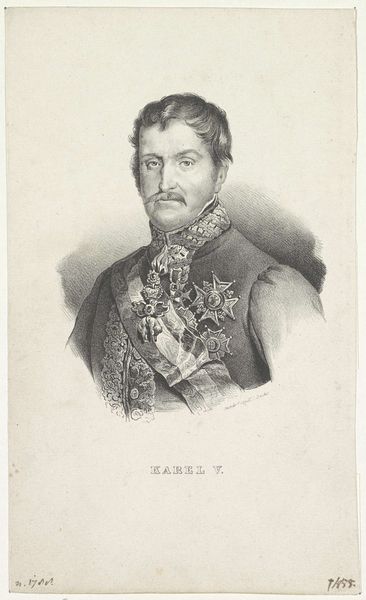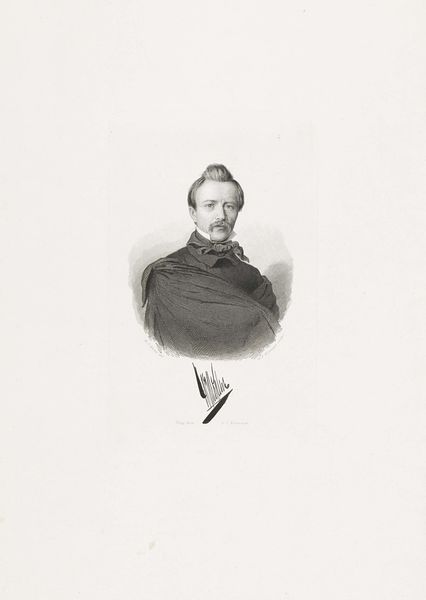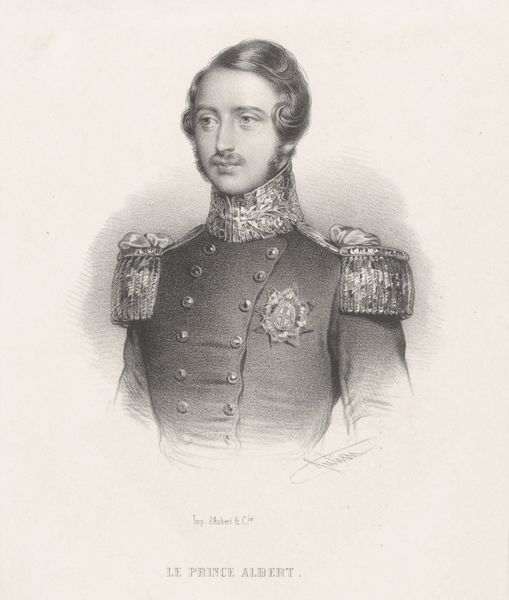
drawing, pencil
#
portrait
#
pencil drawn
#
drawing
#
pencil sketch
#
figuration
#
pencil drawing
#
romanticism
#
pencil
#
portrait drawing
#
history-painting
#
realism
Copyright: Public domain
Miklos Barabas created this portrait of József Katona, the Hungarian writer, using lithography, a printmaking technique dependent on the properties of limestone. The process begins with a polished stone, on which the image is drawn with a greasy crayon. The stone is then treated with acid, making the drawn areas receptive to ink, and the blank areas repellent. When the stone is inked and pressed, the image is transferred to paper. Notice the delicate lines and subtle gradations of tone, achieved through careful control of the crayon and printing process. Lithography exploded in the 19th century, because it allowed for relatively quick and inexpensive reproduction of images, fueling the growth of illustrated newspapers, advertisements, and popular art. It democratized image-making, moving it away from the exclusive realm of painting and sculpture. So, while this portrait depicts a celebrated writer, it also speaks to the power of print and the evolving role of art in mass culture, challenging our traditional notions of artistic value and production.
Comments
No comments
Be the first to comment and join the conversation on the ultimate creative platform.
